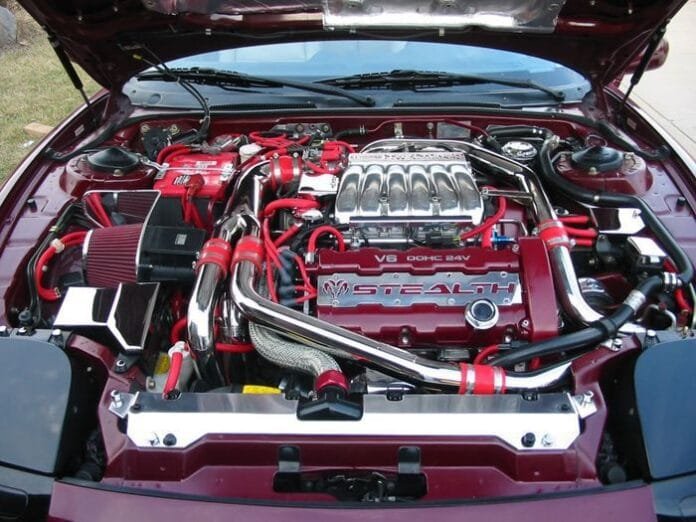The Basics of the Braking System
The braking system in your car is a complex hydraulic system that includes a brake slave cylinder and a master cylinder. These components work together to generate fluid pressure that enables your vehicle to come to a stop. While many may be familiar with the term ‘master cylinder,’ the reference to ‘slave cylinder’ can often be misleading, leading to confusion about what it actually does.

How Brakes Function
When you press the brake pedal, a brake booster multiplies the force applied using vacuum assistance. This prompts fluid to flow into the hydraulic system, specifically acting on each slave cylinder located at the wheels. The pressure generated pushes pistons within these slave cylinders, which in turn activates the brake pads, effectively halting the car. The entire process relies on leverage—larger diameter gears increase or decrease force as needed.
The Dynamics of Pressure in Slave Cylinders
Each master cylinder works to displace pressure proportionate to its diameter, while slave cylinders apply this pressure at each wheel. Notably, when the brake pedal is released, hydraulic pressure decreases temporarily due to the brake fluid’s resistance to flow. As the master cylinder reverts to its original position, fluid flows back through the compensation ports, preventing pressure build-up and ensuring a reliable braking experience. Understanding the dynamics of fluid pressure from master to slave cylinders is crucial for effective vehicle maintenance.




